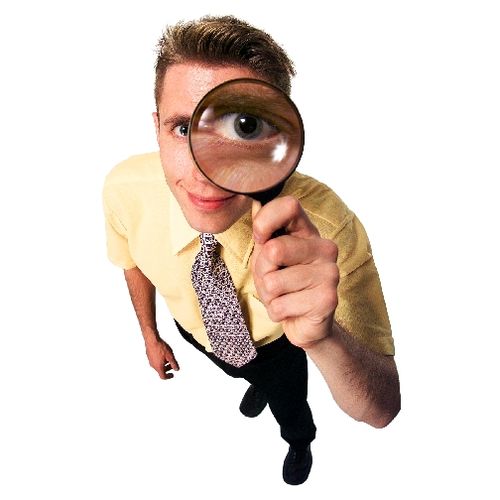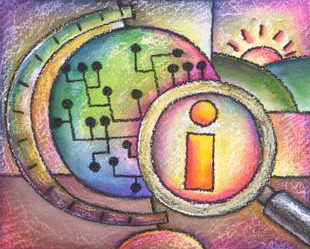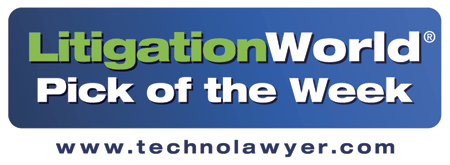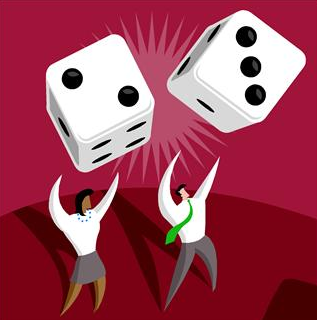eDiscovery Case Law: Plaintiff Not Required to Review Millions of Pages of Unallocated Space

While plaintiff “should have known better than to agree to search terms” that arguably resulted in recovery from unallocated space files of 65 million pages of documents for plaintiff to review for privilege, a magistrate judge in I-Med Pharma, Inc. v. Biomatrix, Inc., No. 03-3677 (DRD), (D.N.J. Dec. 9, 2011) properly excused plaintiff from its stipulation to produce such documents after reviewing them for privilege.
Plaintiff alleged that defendants breached a distribution agreement relating to eye-drops after one of the defendants was acquired by another defendant. A stipulation among the parties provided for a keyword search by defendants’ expert of plaintiff’s computer network, servers, and related storage devices using English and French terms, including “claim”, “revenue*”, and “profit*”. The search resulted in over 64 million hits just in unallocated space of plaintiff’s computer systems.
District Judge Dickinson Debevoise affirmed a magistrate judge’s order excusing plaintiff from a privilege review of the estimated equivalent of 65 million documents in the unallocated space that contained an agreed search term. Judge Debevoise stated its concern over the cost of such a review:
“A privilege review of 65 million documents is no small undertaking. Even if junior attorneys are engaged, heavily discounted rates are negotiated, and all parties work diligently and efficiently, even a cursory review of that many documents will consume large amounts of attorney time and cost millions of dollars.”
Judge Debevoise rejected defendant’s suggestion that plaintiff could simply review documents with the word “privileged” and produce everything else:
“Even when dealing with intact files, potentially privileged information may often be found in emails, memoranda, presentations, or other documents that are not explicitly flagged as privileged or confidential. And since the data searched here is likely to contain fragmented or otherwise incomplete documents, it is entirely possible for privileged material to be found without its original identifying information.”
Defendants had not shown that relevant, non-duplicate information likely would be found in the unallocated space, according to the court. Thus, plaintiff should have known better than to agree on the search terms, but requiring a privilege review of the results would not be fair or just. Judge Debevoise added a list of factors that parties should consider in evaluating reasonableness of search terms:
“In evaluating whether a set of search terms are reasonable, a party should consider a variety of factors, including: (1) the scope of documents searched and whether the search is restricted to specific computers, file systems, or document custodians; (2) any date restrictions imposed on the search; (3) whether the search terms contain proper names, uncommon abbreviations, or other terms unlikely to occur in irrelevant documents; (4) whether operators such as "and", "not", or "near" are used to restrict the universe of possible results; (5) whether the number of results obtained could be practically reviewed given the economics of the case and the amount of money at issue.”
So, what do you think? Did common sense prevail or should the plaintiff have been held to the agreement? Please share any comments you might have or if you’d like to know more about a particular topic.
Case Summary Source: Applied Discovery (free subscription required).
Disclaimer: The views represented herein are exclusively the views of the author, and do not necessarily represent the views held by CloudNine Discovery. eDiscoveryDaily is made available by CloudNine Discovery solely for educational purposes to provide general information about general eDiscovery principles and not to provide specific legal advice applicable to any particular circumstance. eDiscoveryDaily should not be used as a substitute for competent legal advice from a lawyer you have retained and who has agreed to represent you.







